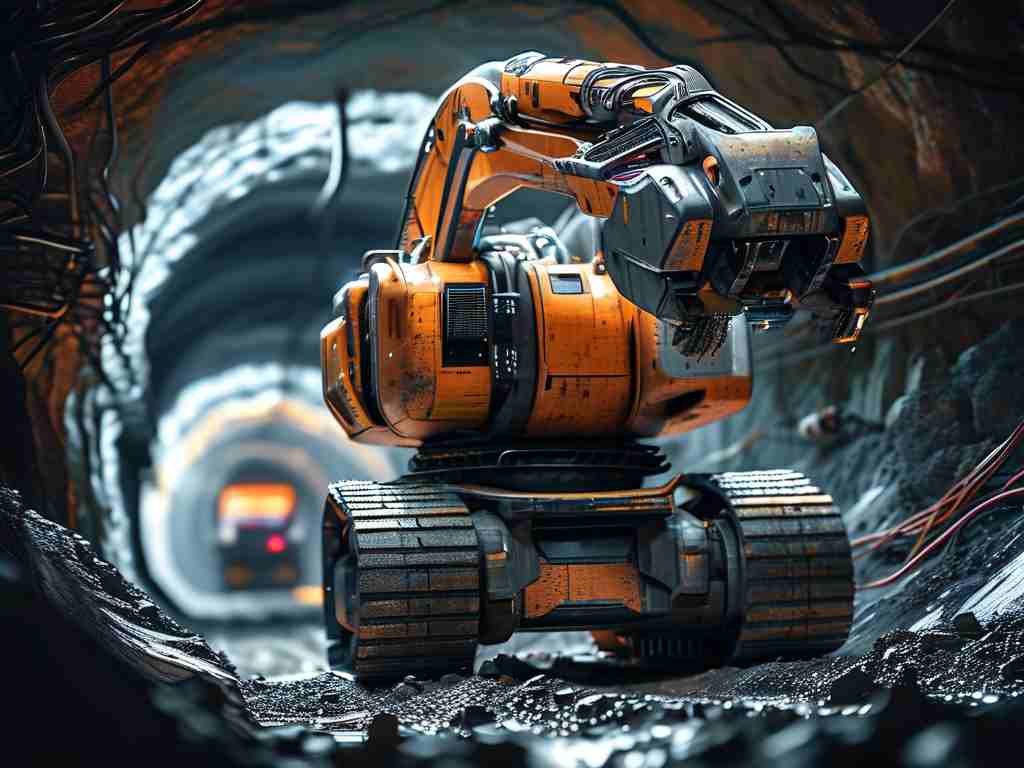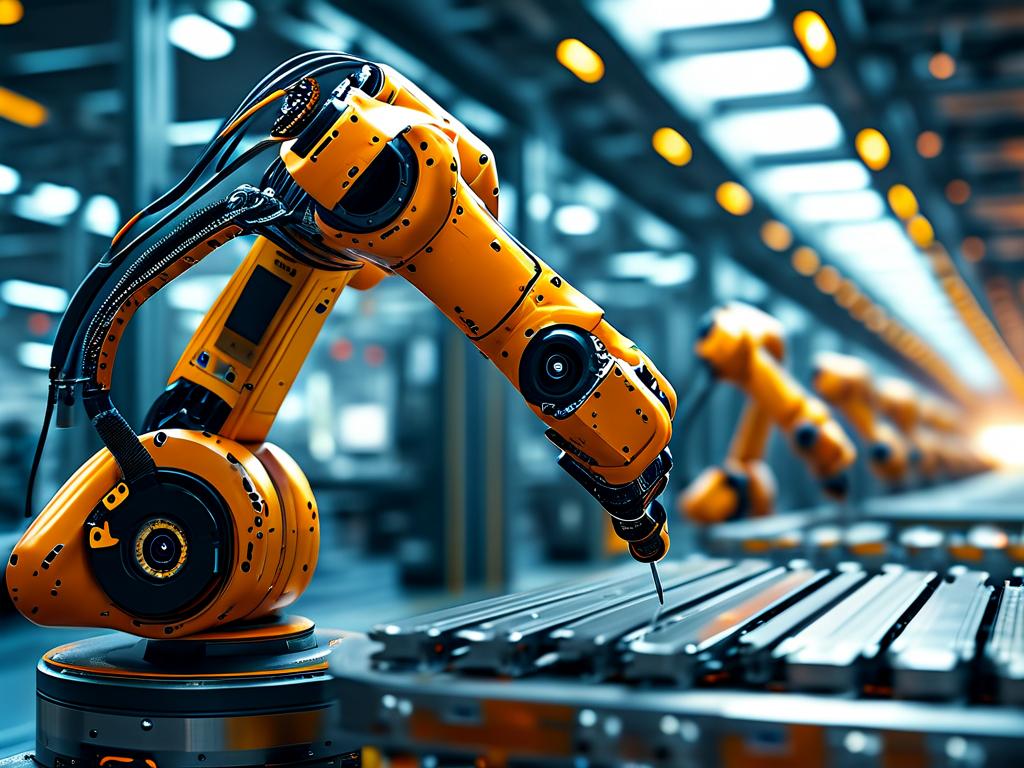The evolution of robotic excavation systems has redefined modern underground construction, merging precision engineering with artificial intelligence to overcome geological challenges. This article explores the technical framework and industrial implementations of automated tunneling systems while addressing current limitations and future potential.

Core Mechanisms in Robotic Tunneling
Modern excavation robots integrate three critical subsystems: sensory perception modules, dynamic path-planning algorithms, and adaptive cutting interfaces. Multi-spectral LiDAR arrays combined with ground-penetrating radar create real-time 3D lithological maps, enabling machines to detect rock density variations within 0.5-meter resolution. The path optimization engine processes this data through constraint-based neural networks, recalculating drilling trajectories every 83 milliseconds to avoid structural hazards.
Hydraulic cutting heads equipped with force-feedback actuators demonstrate particular innovation. These tungsten-carbide tipped units automatically adjust rotational torque (ranging 200-2,000 Nm) and penetration rates (0.5-3 m/h) based on material resistance. During field tests in Swiss alpine tunnels, such systems achieved 38% faster advance rates compared to conventional tunnel boring machines (TBMs) while reducing cutterhead wear by 27%.
Operational Advantages in Complex Geology
Robotic excavation proves indispensable in urban environments where traditional methods risk damaging existing infrastructure. Tokyo's Metropolitan Outer Discharge Channel project utilized autonomous boring units that navigated within 15 cm of operational sewage lines through layered sedimentary formations. The system's differential pressure seals maintained tunnel integrity at 4-bar groundwater pressure, preventing collapses during the 2.8-km excavation.
In mining applications, Rio Tinto's AutoMine® Proximity Detection System showcases how robotic drills enhance safety. Using ultra-wideband positioning sensors, these units enforce 5-meter exclusion zones around personnel while executing precision blasthole patterns. Productivity metrics reveal 22% fewer deviations from planned drill angles compared to manual operations.
Energy and Material Efficiency
Modern robotic excavators incorporate regenerative hydraulic systems that capture 40-60% of expended kinetic energy. This reclaimed power supports auxiliary functions like debris removal conveyors or grouting pumps, reducing total site energy consumption by approximately 18%. Material waste is further minimized through machine learning-enhanced spoil analysis – algorithms classify excavated matter with 94% accuracy, enabling immediate on-site recycling of suitable aggregates.
Persistent Technical Challenges
Despite advancements, three key limitations persist. First, current perception systems struggle with sudden groundwater influxes in karst formations, sometimes misinterpreting rapid erosion patterns. Second, the high-frequency vibrations from robotic cutters (averaging 85 Hz) accelerate fatigue in bolted joint connections. Third, wireless communication latency in deep tunnels (beyond 1.2 km) occasionally causes 0.5-3 second control signal delays.
Ongoing research targets these issues through hybrid sensing solutions. The EU-funded BADGER project recently tested terahertz-wave scanners that detect moisture content variations 30% faster than conventional methods. Meanwhile, MIT's Self-Assembling Tunnel Reinforcement system uses shape-memory polymer rings that automatically expand to stabilize bore walls when vibration thresholds are exceeded.
Future Development Trajectories
Next-generation systems aim for complete autonomy through swarm robotics architectures. Experimental models like Sandvik's AutoMine® Concept Drill employ mesh networking to coordinate multiple units – one bot performs primary cutting while others simultaneously install support arches. Early simulations suggest this approach could reduce tunnel completion timelines by 41%.
Another frontier involves superconducting electromagnetic propulsion, currently in prototype phase at CERN. By replacing hydraulic drives with Lorentz-force actuators, these systems eliminate frictional energy losses and enable drilling speeds surpassing 15 m/day in hard rock formations. Field deployment is anticipated post-2030 following cryogenic cooling system miniaturization.
Robotic excavation technology stands at the intersection of mechanical innovation and computational intelligence, progressively transforming subterranean engineering paradigms. As sensor fusion techniques mature and energy recovery systems optimize, these automated solutions will become standard in global infrastructure development, particularly for megaprojects in seismically active regions and densely populated urban centers. The transition from human-operated machinery to intelligent excavation ecosystems marks not just technical progress, but a fundamental reimagining of humanity's relationship with geological spaces.









